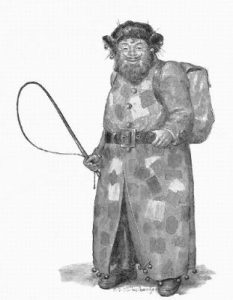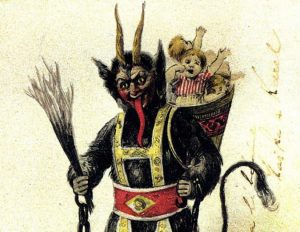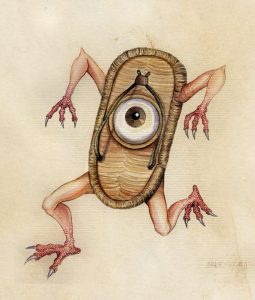Methane is often produced by living things, and it doesn’t persist long in atmospheres because it is quickly broken down by solar radiation. Yet satellites and rovers have periodically detected surges in atmospheric methane concentration on Mars, raising the question: where is that gas coming from?
Methane gas periodically wafts into the atmosphere of Mars; that notion, once considered implausible and perplexing, is now widely accepted by planetary scientists. […]
The presence of methane is significant because the gas decays quickly. Calculations indicate that sunlight and chemical reactions in the thin Martian atmosphere would break up the molecules within a few hundred years, so any methane detected must have been created recently.
It might have been created by a geological process known as serpentinization, which requires both heat and liquid water. Or it could be a product of life — specifically methanogens, microbes that release methane as a waste product. Methanogens thrive in places lacking oxygen, such as rocks deep underground and the digestive tracts of animals.
Even if the source of the methane turns out to be geological, the hydrothermal systems that produce the emissions would still be prime locations to search for signs of life.
Check out the full story here!







